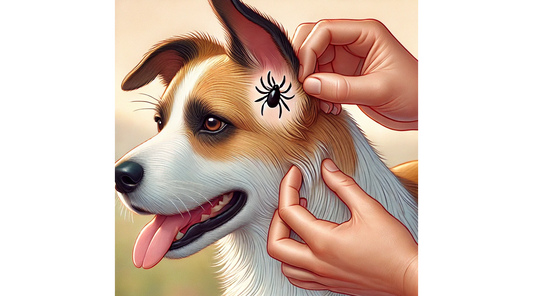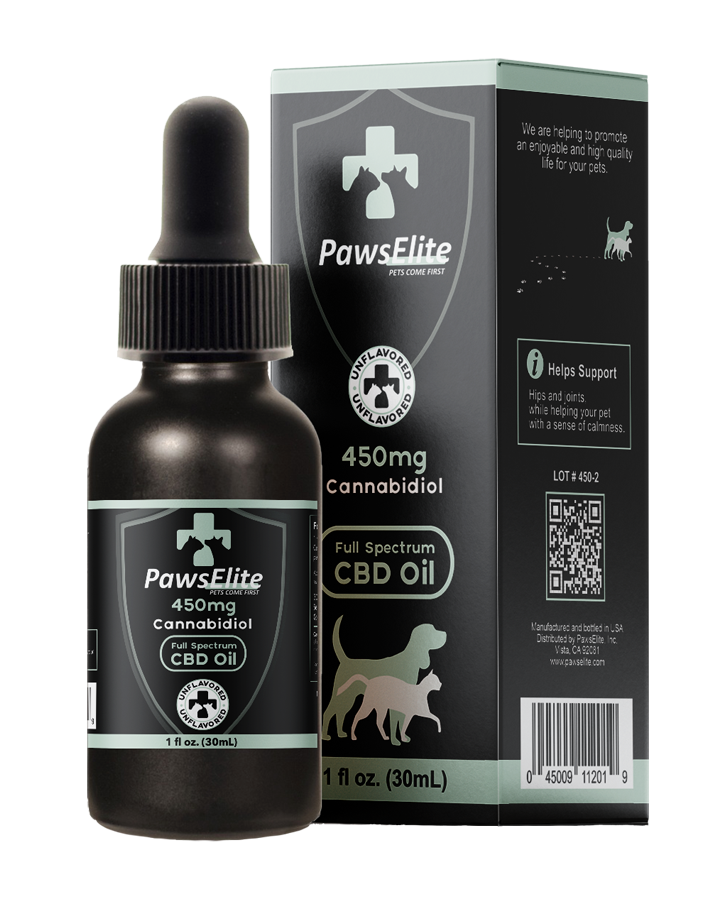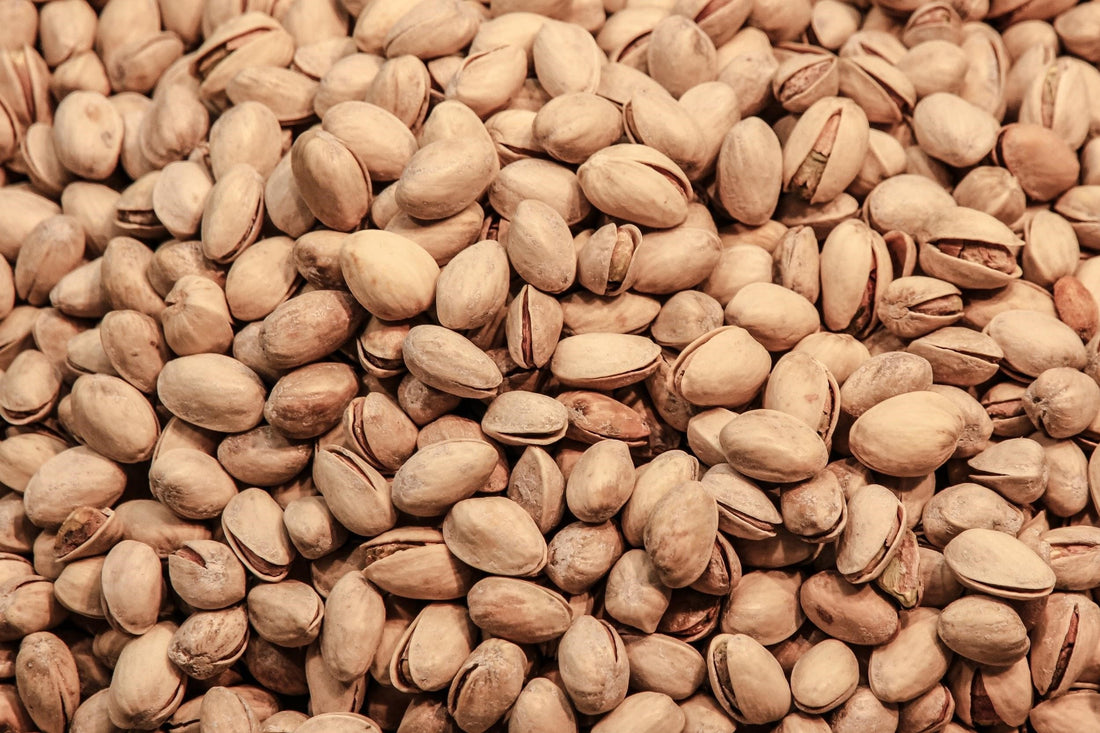
Can Dogs Eat Pistachios? Dogs Can Have Pistachios
Share
Most people love pistachios, and they're a classic treat. But can dogs eat pistachios? They can! Pistachios are a great distraction from the plain old kibble and a pleasant surprise for many pups. But there are some restrictions. You can't just pop open a container of pistachios and set them out
Before giving your fur baby pistachios, read up on exactly when and how they should get them.
Can Dogs Eat Pistachios?
Dogs do indeed have a tougher stomach, but they have plenty of digestive issues. This is why we can eat copious amounts of chocolate, and they really shouldn't have any. Nuts and legumes (often mistakenly referred to as nuts) are one of the touchy subjects. The overarching belief is that dogs shouldn't have nuts at all.
Now that isn't true because dogs can have pistachios and a wide variety of other nuts. You can now confidently feed your dog pistachios.
Wait, Are Pistachios Bad for Dogs?
Pistachios are perfectly fine but only in tiny volumes. Dogs are omnivores, they need a bit of everything, but an overload of anything can cause stomach trouble. This issue is especially true with pistachios that can cause digestion trouble for humans that overindulge in this treat.
The most important takeaway is that dogs can eat pistachios, but pistachios can cause dramatic gastrointestinal distress if the dog eats them in large portions.

What Nuts and Legumes Can (and Can’t) Dogs Eat?
Because there are so many open questions about nuts and legumes, we'll provide a shortlist of the most common nuts that dogs can and cannot eat. But first, the difference between nuts and legumes. A nut grows in a pod with many seeds and eventually grows to have one seed in a hard outer shell protecting a single, developed, seed. The best example is pecans.
A legume is a plant that produces fruit and has seeds in pods underground. Peanuts, chickpeas, lentils, and soybeans are all legumes. Technically pistachios are not a nut or a legume, they are the seed of the pistachio tree, and they're delicious.
Okay for dogs to eat:
- Peanuts
- Brazil nuts
- Almonds
- Hazelnuts
Not okay, and possibly toxic, for dogs:
- Pecans
- Black walnuts
- Macadamia - especially toxic in dogs!
The other danger that comes into play with nuts is the choking hazard. We all know our furry family members don’t chew their food. They kind of inhale it, so giving nuts that could pose a choking hazard a quick blast in the blender or food process can drastically reduce that risk.

Benefits and Possible Downsides to Feeding Dogs Pistachios
We've already mentioned that you shouldn't go crazy when it comes to giving dogs pistachios, but there are many reasons to turn to them as a treat. There are an almost equal amount of drawbacks and benefits.
First, the downsides. Don't allow your dog to have the shell as it's a significant choking hazard and can carry mold or bacteria. The pistachio itself can also carry a hazardous type of mold. Aspergillus mold causes pistachio poisoning, which can be dangerous for dogs. The signs of pistachio poisoning include:
- Low appetite
- Vomiting
- Orange or deep yellow urine
- Tiredness
- Jaundice noticeable in the eyes
Aspergillus mold can lead to liver failure. Aspergillus mold or pistachio poisoning only seems to happen when pistachios are eaten in large quantities. This issue isn't common, but it is something to keep an eye for.
Now, the benefits. Nuts, including pistachios, make for great high-protein treats, which means that it can satiate an appetite while providing a heavy dose of essential minerals and vitamins. The antioxidants can also play a key role in long term health, and often, you can't find these antioxidants in pre-made dog-treats.
Overall, a few pistachios here, and there can be a highly nutritional treat. But, in large doses, they can cause quite a bit of trouble.



